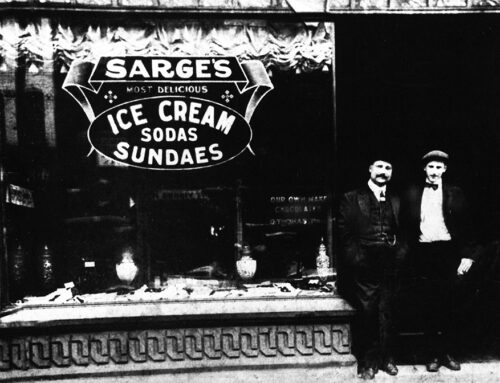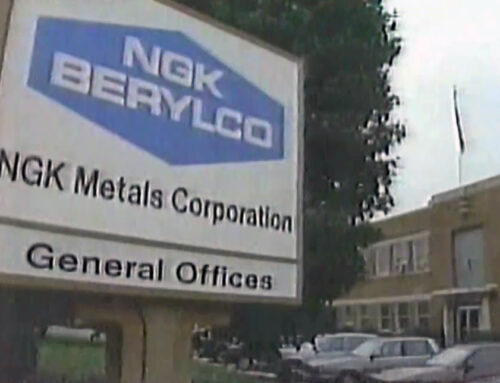Gather ‘round, ye seekers of discounted fleece, for the tale of the Redding Pennsylvania outlets—er, Reading Pennsylvania outlets (curse that silent “a”)—is a yarn spun from the looms of history, greed, and polyester blends. Once the crowned jewel of America’s bargain empire, this hallowed ground of half-priced hoodies has seen it all: glory, collapse, and a legacy now whispered in the wind like a coupon fluttering from a shopper’s overloaded bag.
In the beginning—say, the 1950s—the Reading outlets weren’t outlets at all. They were textile mills, churning out socks and shirts for a nation still naive enough to think “Made in the USA” was forever. But as the decades rolled on and cheaper threads sailed in from distant lands, the mills faced a choice: adapt or die. Enter the outlet store, a stroke of genius born from desperation. “Why toss unsold stock when you can slap a 50%-off sticker on it and call it a deal?” mused some long-forgotten mill boss, probably while smoking a cigar over a pile of irregular tube socks.
By the 1970s, Reading was reborn as the “Outlet Capital of the World.” Busloads of pilgrims arrived from Jersey, Philly, and beyond, their eyes gleaming with the promise of $3 Hanes tees and $10 Levi’s with only slightly crooked stitching. VF Outlet, the granddaddy of them all, stood like a colossus, its sprawling floors a labyrinth of racks where shoppers battled for the last pair of Lee jeans. “I once saw a lady elbow her own grandma for a discounted windbreaker,” recalls retiree Sal Potts. “It was the Wild West, but with better parking.”


But empires fall, and so did Reading’s. The 2000s brought the internet, that merciless reaper of brick-and-mortar dreams. Why schlep to Pennsylvania when you could order knockoff Nikes from your couch? The crowds thinned, the buses stopped coming, and the outlets began their slow descent into ruin. By 2010, VF Outlet was a ghost town, its racks picked clean, its escalators frozen in time.
Today, the Reading outlets are no longer a retail graveyard—they’re barely there at all. Most of the old buildings have been demolished, their brick-and-mortar bones cleared to make way for new plans and next chapters. Others have been repurposed, stripped of their bargain-hunting soul and reborn as offices, apartments, or spaces with no memory of Reading China and Glass or $5 windbreakers.

The crowds, the chaos, the carts overloaded with discounted dreams—they’re gone. Only fragments remain, tucked away in the memories of those who remember the glory days. A street name here, a faded sign there. But the outlets as they once were? They won’t return.
Reading’s empire of deals has been paved over, not preserved. And like so many American retail legends, it lives on only in stories, told by those who were there—coupon clippers turned chroniclers of a kingdom that fell, not with a bang, but with a final markdown.






Leave A Comment